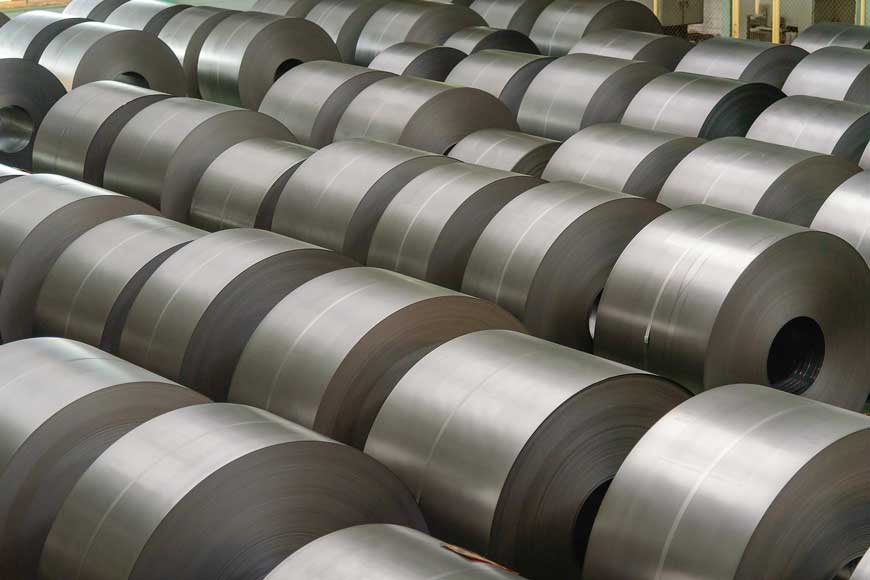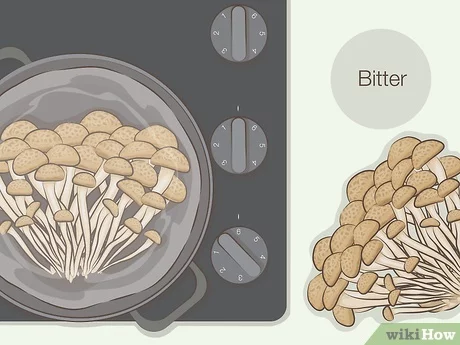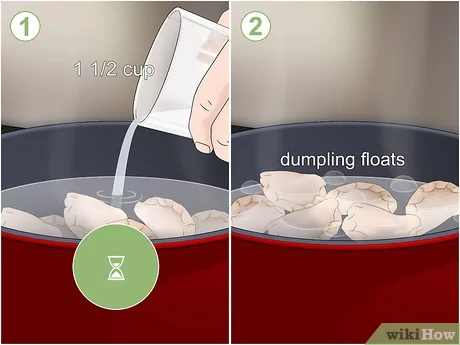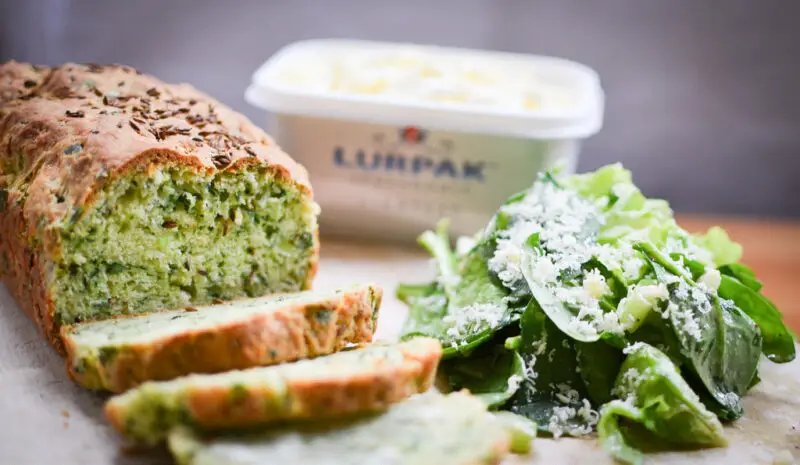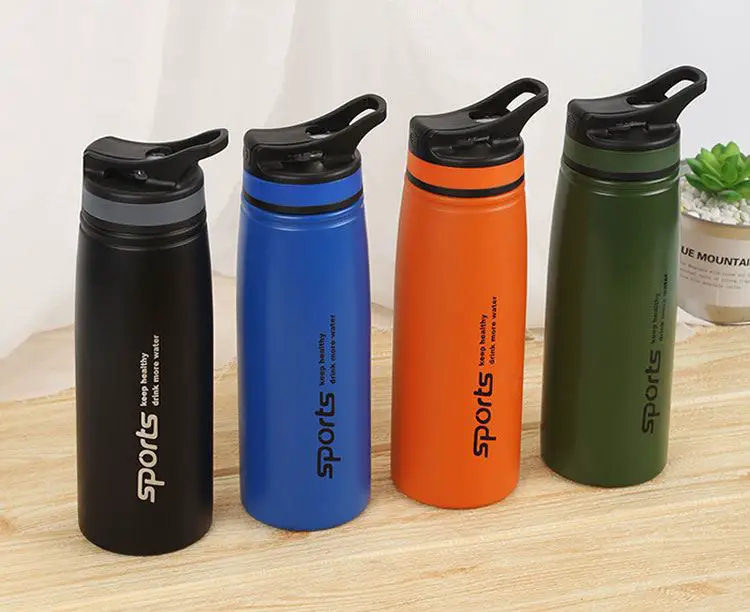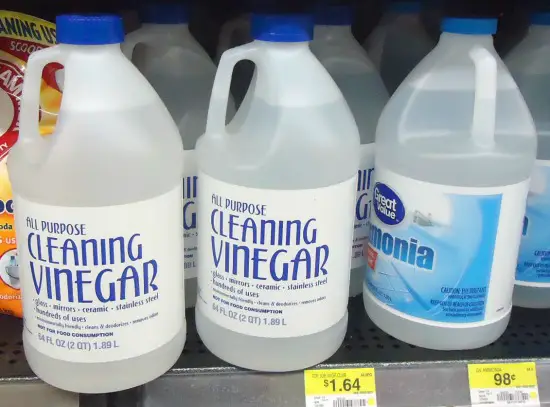Is Cold Rolled Steel Safe for Cooking?
As people become more health-conscious, they are paying closer attention to the types of cookware and utensils they use. While materials like non-stick and aluminum have become popular, some are beginning to question whether these materials are safe. One material that has garnered attention in recent years is cold-rolled steel. In this article, we’ll explore whether or not cold rolled steel is safe for cooking.
Understanding Cold Rolled Steel
Cold-rolled steel refers to a process where steel sheets or strips are passed through a series of rollers at room temperature. This process results in a product with a smooth surface finish and tighter tolerances compared to hot-rolled steel, making it ideal for various applications.
In the food industry, cold-rolled steel is often used to make cookware such as pots, pans, and griddles due to its durability and ability to retain heat efficiently. Additionally, it can be made into lightweight utensils that are easy to carry around when camping or hiking.
Cold-rolled steel cookware has attracted attention from health-conscious consumers because it is considered a safer alternative to other types of cookware material such as aluminum and non-stick coating. These materials may contain synthetic chemicals that could potentially leach into food during cooking — but is there evidence to support the safety claims surrounding cold-rolled steel?
The Safety of Cold Rolled Steel
The FDA regulates materials that come in contact with food, including cookware. Cold-rolled steel does not have any specific FDA regulations, but it’s important to note that manufacturers must ensure that their products meet sanitary standards for food preparation and handling.
Metal cookware may contain toxic substances like lead, cadmium, chromium, nickel and other elements that can be harmful to health when ingested over time. Lead and cadmium are well-known heavy metals that are found in some traditional cookware materials such as copper and ceramic pottery, but they are largely absent in cold-rolled steel cookware.
In fact, the primary component of cold-rolled steel is iron which is not commonly considered a toxic metal. However, stainless steel, which is also commonly used to make cookware and utensils, contains nickel and chromium which can leach into food if the metal is damaged or corroded. By comparison, cold-rolled steel is a safer option.
Comparing Cold Rolled Steel Cookware to Traditional Cookware
When comparing cold-rolled steel cookware to other traditional materials, two popular options come to mind: cast iron and stainless steel. Both offer benefits and drawbacks compared to cold-rolled steel.
Cast Iron vs. Cold Rolled Steel Cookware
- Scratch resistance: cold-rolled steel is more scratch-resistant than cast iron but may still scratch over time if not cared for properly
- Weight: Cast iron is heavier than cold-rolled steel
- Durability: Cast iron may crack if heated at too high temperatures or exposed to rapid temperature changes while cold-rolled steel will not
- Heat distribution: Cast iron heats more evenly than cold-rolled steel once it’s warmed up but tends to take longer to heat up initially
Stainless Steel vs. Cold Rolled Steel Cookware
- Scratch resistance: stainless steel is less scratch-resistant than cold-rolled steel
- Weight: Stainless steel is lighter than cold-rolled steel
- Durability: Cold-rolled steel cookware is more durable than stainless steel because it’s less likely to dent or scratch.
- Heat distribution: Stainless steel does not distribute heat as evenly as cold-rolled steel, making it a less efficient conductor of heat and may result in uneven cooking.
How to Choose and Maintain Cold Rolled Steel Cookware
When choosing cold rolled steel cookware, there are several factors to consider, such as composition, price, warranty, brand reputation and whether to go for vintage options.
It’s recommended that you select high-quality brands that prioritize safety and durability. Do your research before purchasing. Check the brand’s website for its manufacturing process and materials composition.
To maintain cold rolled steel cookware, they must be seasoned which involves coating the surface of your cookware with oil before cooking with it. Seasoning prevents rusting, improves its non-stick properties and increases hydrophobicity.
This type of cookware also requires careful cleaning methods, since soaking or using abrasive sponges may scratch the surface layer and diminish its resistance to rusting or corrosion. Instead, rinse with warm soapy water then dry immediately after using to prevent rust buildup
Cooking with Cold Rolled Steel Cookware
In general, cold-rolled steel cookware can withstand high temperatures without warping or scratching. However, it’s recommended that you use them over low-to-medium heat settings since they can become very hot when exposed to high flames or burners.
Cold-rolled steel is best used for roasting, broiling, frying, and searing which requires high heat; this cookware excels at retaining heat efficiently. Moreover, cold-rolled steel pans are great for oven-cooking since they can withstand high temperatures
Pros of using cold-rolled steel cookware include its durability, gas or stove top compatibility, high heat retention efficiency and corrosion-resistant properties . One drawback is that it scratches easily if not treated with care.
Consumer Reviews of Cold Rolled Steel Cookware
Many consumers who have purchased cold-rolled steel cookware have been satisfied with their purchase. The feedback from customers has been positive in terms of the product’s heat retention efficiency, compatibility with electric and gas stovetops while also noting that the surfaces scratch easily when adequate care isn’t taken.
Cold-rolled steel cookware is still a new product, but consumer reviews suggest that it could be a promising option for people who want durable, safe and efficient cookware to use in their kitchen.
The Future of Cold Rolled Steel in Cookware
As more people become aware of the potential health hazards associated with certain types of cookware materials, they’re looking for safer alternatives to use in their kitchens. Cold-rolled steel is a safer alternative to materials like aluminum and non-stick surfaces. And since it retains heat well it’s a good primary material for making outdoor camping utensils.
The use of cold-rolled steel in cookware likely will increase as more manufacturers enter the market. It continues to gain popularity due to its durability, effectiveness in retaining heat, and safety.
Conclusion
Cold rolled steel is a safe material to use for cooking compared to other traditional materials such as aluminum and copper. It has an excellent ability to retain heat and distribute it evenly. Using cold rolled steel cookware is a practical, durable and safe way to prepare food in the home kitchen or outdoors. By carefully selecting your cookware and taking proper care of it, you can enjoy safer and healthier meals.
Is Cold Rolled Steel Safe for Cooking?
FAQs
1. What is Cold Rolled Steel?
Cold rolled steel is a type of steel that has been processed in cold reduction mills, where the steel sheets are reduced in thickness to create a denser piece of metal.
2. Is Cold Rolled Steel Safe for Cooking?
Yes, cold rolled steel is safe for cooking.
3. What Makes Cold Rolled Steel Safe for Cooking?
Cold rolled steel is safe for cooking because it is made from high-quality materials and undergoes a highly controlled manufacturing process, ensuring its safety for food contact.
4. What Are the Advantages of Using Cold Rolled Steel for Cooking?
- Cold rolled steel is highly durable and long-lasting, making it an economical choice.
- This type of steel is highly resistant to corrosion and rusting, ensuring that your cooking surface will stay in great condition over time.
- Cold rolled steel also heats up quickly and retains heat well, providing even cooking temperatures and great results every time.
5. How Should I Maintain My Cold Rolled Steel Cookware?
- To ensure your cold rolled steel cookware stays in great condition, avoid using abrasive cleaning agents or steel wool pads when cleaning it.
- Instead, use a soft cloth or sponge with mild soap and warm water to clean your cookware after use.
- If you need to remove any stubborn stains or food particles, you can use a non-abrasive cleaner specifically designed for stainless steel surfaces.
In conclusion, cold rolled steel is a safe and durable option for cooking. Its high-quality materials, controlled manufacturing process, and numerous advantages make it an excellent choice for any home cook or professional chef looking for top-quality cookware.
